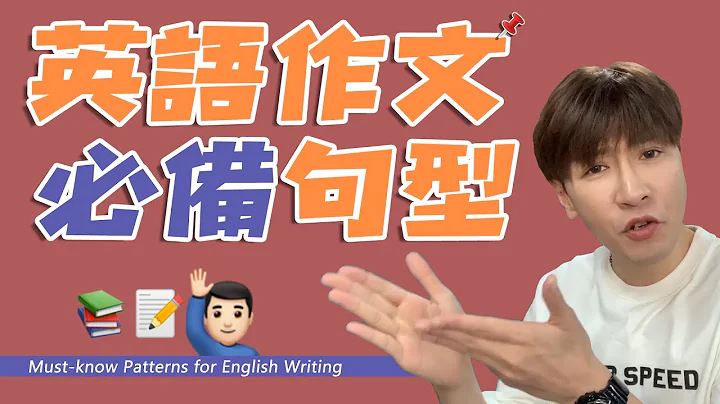
1.祈使句 giving instructions
看例句,總結規律
Please come earlier next time.
Stop talking, please.
1)肯定祈使句:用動詞原形開頭,可通過please使命令的口氣變得客氣一點。
Please可放在句首,或放在句尾時,通常用逗號與句子的前面部分隔開。
2) 否定祈使句:用Don’t + 動詞原形。
3)祈使句的反意疑問句
Put the book over there, will you?
Don’t leave your pet alone, will you ?
Let’s clean the fish tank, shall we ?
2.“must” &“should”
情態動詞must意為“必須”,表示一種義務,主動去承擔.否定mustn’t表示“不許可”,表示一種禁止.疑問式的否定回答常用 “needn’t”.
---Must I finish the work today?
---No,you needn’t.
情態動詞should意為“應該”,否定形式為“shouldn't"意為“不該”,他們都用來向別人提出建議,告訴別人最好做哪些事或做那些事是正確的。
中考相關語法鏈接
1. Cars, buses and bikes _____ stop when the traffic light is red.
A. can B. must C. may D. need
2. --_____ I fill in the form now , sir?
--No, you needn’t. You can complete it this afternoon.
A. May B. should C. Must D. Would
3. _____ I have to show the school report to my parents, Miss King?
A. Must B. Do C. Can D. May
4. –Look ! Mr Hu is on the other side of the street.
-- It ______ be him. He has gone to Shanghai.
A. mustn’t B. can’t C. shouldn’t D. won’t
5. – Don’t play on the road again, will you?
-- ________.
A. Yes, I don’t. B. No, I won’t.
C. No, I will D. Yes, I won’t.
6. Let’s not pull its tail, shall we?(反意疑問句)





















